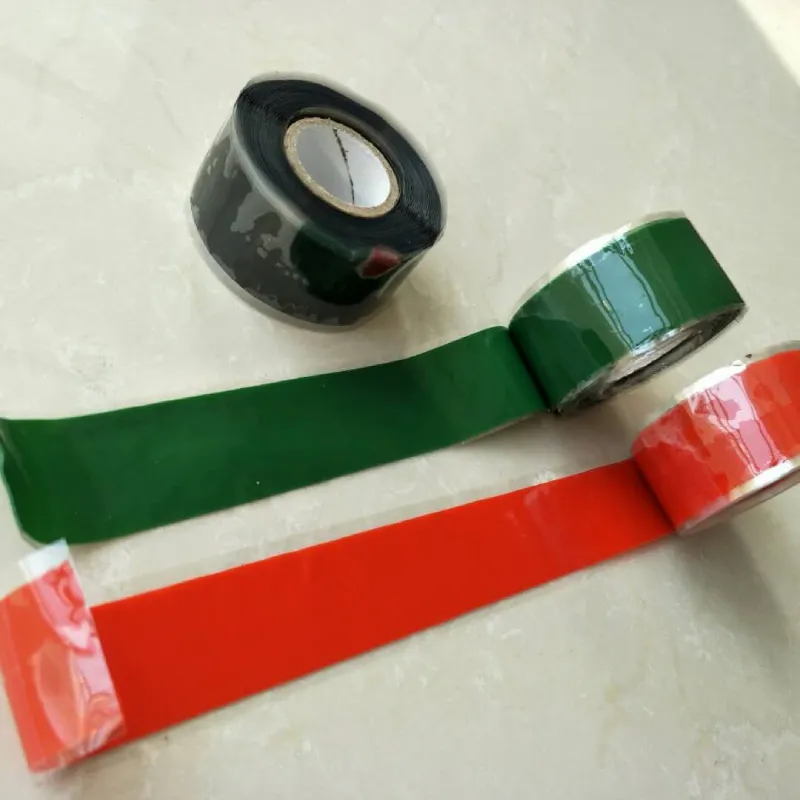The Importance of Seal Strips Enhancing Efficiency and Comfort
Seal strips, often overlooked during construction or renovation projects, play a crucial role in maintaining the integrity of buildings and vehicles. These versatile materials are designed to fill gaps and spaces, providing insulation, soundproofing, and protection against elements such as dust, water, and drafts. Understanding the importance of seal strips can lead to enhanced efficiency and comfort in various applications.
One of the primary functions of seal strips is to improve energy efficiency. Gaps around windows, doors, and other openings can lead to significant energy loss, increasing heating and cooling costs. Seal strips made from materials such as rubber, foam, or silicone can effectively seal these gaps, reducing the amount of heating and cooling required to maintain a comfortable indoor environment. This not only benefits homeowners by lowering energy bills but also contributes to environmental conservation by reducing overall energy consumption.
In addition to improving energy efficiency, seal strips provide sound insulation. In urban settings, noise pollution is a common issue that can affect the quality of life. By installing seal strips around windows and doors, one can significantly decrease the amount of external noise entering a space. This is especially beneficial in residential areas close to busy roads or commercial environments, where reducing noise can lead to a more pleasant and productive atmosphere.
Furthermore, seal strips offer protection against the elements
. Rain, snow, and wind can easily infiltrate a building through unsealed gaps, causing damage over time. This not only affects the structural integrity of the building but can also lead to mold growth and other moisture-related issues. By using high-quality seal strips, homeowners and business owners can protect their properties from these elements, ensuring longevity and reducing the need for costly repairs.seal strip

In vehicles, seal strips have an equally important role. They are used around doors, windows, and trunks to ensure a tight fit, preventing leaks from rain and snow. This not only keeps the interior of the vehicle dry but also minimizes noise from outside, enhancing the driving experience. Additionally, seal strips in vehicles help maintain temperature control, ensuring passengers remain comfortable regardless of external weather conditions.
The installation of seal strips is generally a straightforward and cost-effective solution. Many models are available in various sizes and materials, making it easy to find the right fit for any application. For those who are DIY enthusiasts, numerous resources are available to guide the installation process, making it accessible for anyone looking to enhance their home’s efficiency or comfort.
When selecting seal strips, it is essential to consider the environmental conditions they will be exposed to. For instance, areas prone to extreme temperatures may require more durable materials that can withstand expansion and contraction without losing their effectiveness. It is also crucial to assess the adhesive quality of the seal strips, as this will determine their longevity and performance.
In conclusion, seal strips are a vital yet often underestimated component of both buildings and vehicles. Their ability to improve energy efficiency, reduce noise, and protect against the elements makes them an invaluable addition to any structure or automobile. By investing in high-quality seal strips, individuals can create a more comfortable, energy-efficient, and durable environment, ultimately enhancing their quality of life and protecting their investments. Whether for commercial, residential, or automotive purposes, seal strips are essential in creating a barrier against the external world, ensuring a safe and enjoyable space for all.
-
XIANGFAN Rubber Tape-Ultimate Solutions for All Your Insulation NeedsNewsJun.24,2025
-
XIANGFAN Rubber Tape-Protection for Industrial and Residential ApplicationsNewsJun.24,2025
-
XIANGFAN Rubber Tape: Superior Safety and Sealing for Demanding EnvironmentsNewsJun.24,2025
-
XIANGFAN Rubber Tape: Reliable Solutions for Every Electrical ChallengeNewsJun.24,2025
-
XIANGFAN Electrical & Industrial Tape: Powering Reliability Across IndustriesNewsJun.24,2025
-
XIANGFAN Electrical & Industrial Tape: Excellence in Every ApplicationNewsJun.24,2025
